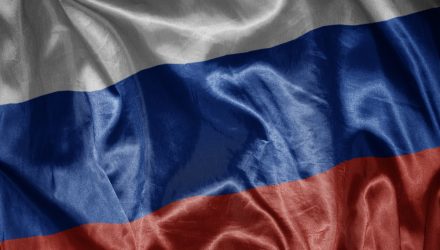Russia-focused exchange traded funds (ETFs) are certainly feeling the pangs of a market that’s heavily focused on the invasion in Ukraine. Many have seen their valuations cut by more than half in short order.
The Russian stock market has been halted in order to prevent trading in companies where short-sellers could go on a feeding frenzy. Furthermore, the geopolitical uncertainty is rendering many companies uninvestable.
“It’s really the end of the Russian financial market we are used to,” said Leonardo Pellandini, a strategist at Bank Julius Baer. “It just seems like it is becoming an uninvestable market, at least for foreigners. There are too many uncertainties.”
Elsewhere around the world, stock exchanges are suspending trading in Russian companies. The London Stock Exchange halted trading in 27 different companies linked to Russia.
“The FTSE Russell index business has removed Russian listings from its indices, the London Stock Exchange has suspended trading in (27) Russian listed securities,” said London Stock Exchange CEO David Schwimmer on a CNBC article.
“Our World-Check business is actively updating its database round the clock as new sanctioned individuals are being added to that database, so this is something that we are doing across the business, actively working with regulators to implement those sanctions,” Schwimmer added.
Russia ETFs Feel the Pressure
Russia ETFs are certainly feeling the selling pressure. Funds like the iShares MSCI Russia ETF (ERUS) and the VanEck Vectors Russia ETF (RSX) have fallen significantly in a matter of days.
The weakness is being further reflected in the Direxion Daily Russia Bull 2X ETF (RUSL). The fund has fallen 90% on the year and continues to do so.
RUSL seeks daily investment results that equal 200% of the daily performance of the MVIS Russia Index. The index is intended to represent the overall performance of publicly traded companies that are domiciled and primarily listed on an exchange in Russia or that are not Russian companies, but nonetheless generate at least 50% of their revenues in Russia.
For more news, information, and strategy, visit the Leveraged & Inverse Channel.








